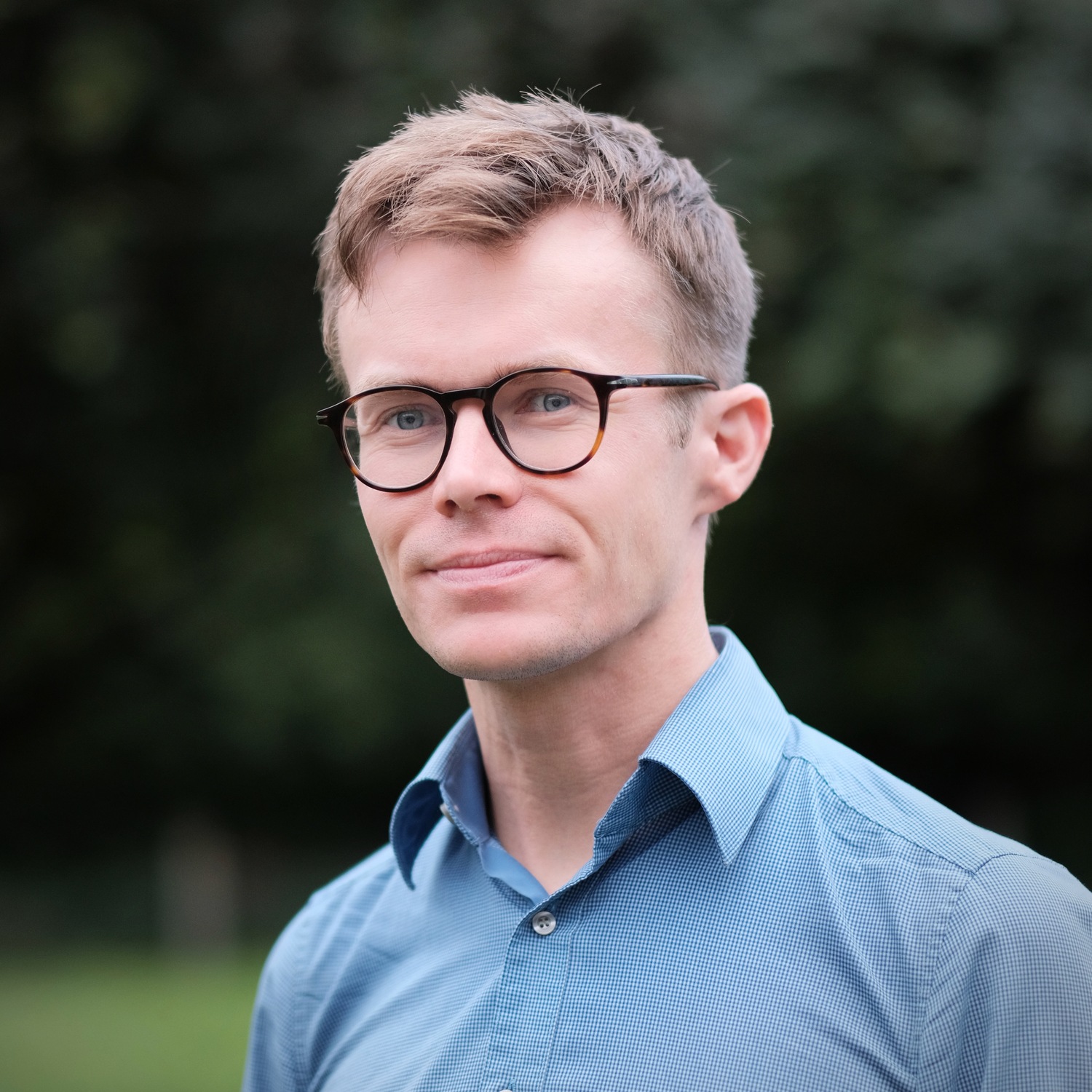Georg Schramm

I am an Assistant Professor in Molecular Image Reconstruction and Analysis at KU Leuven, Belgium, emphasizing improved diagnostic image quality through advanced modeling, cutting-edge reconstruction algorithms, and sustainable machine learning techniques.
Born in 1987 in Görlitz, Germany, I spent my childhood engrossed in football and playing saxophone and clarinet in the local music school’s big band. In 2005, I moved to Dresden to study physics at TU Dresden, later completing an Erasmus semester at the University of Sheffield in 2009. I earned my Master’s in physics in 2011, ranking among the top five graduates in TU Dresden’s School of Science.
In 2015, I obtained a PhD (Dr. rer. medic) in medical imaging with the highest distinction (summa cum laude) from TU Dresden / Helmholz-Zentrum Dresden-Rossendorf. Following seven years as a Postdoc at KU Leuven, Belgium, focusing on advanced image reconstruction techniques for molecular imaging, I spent a year as a visiting instructor at Stanford University, CA, working on sodium MR image reconstruction.
In my free time, I enjoy hiking, photography, cycling, as well as supporting the San Francisco 49ers.
news
| Jun 15, 2025 | Together with Matthias Ehrhardt (U Bath) and Zeljko Kereta (UCL), we have published the preprint of our latest paper: Fast PET Reconstruction with Variance Reduction and Prior-Aware Preconditioning. |
|---|---|
| Mar 10, 2025 | Our paper “Joint estimation of activity, attenuation and motion in respiratory-selfgated time-of-flight PET” has been accepted for publication in Physics in Medicine & Biology - PMB link, link to arxiv. |
| Jan 27, 2025 | Invited talk “Machine learning in PET Image Reconstruction – Opportunities, Challenges, and Common Pitfalls” at the BASP Frontiers Conference in Villar-sur-Ollon, Switzerland. |
| Nov 09, 2024 | Our team “MaGeZ” has won the first PET Rapid Image reconstruction Challenge (PETRIC). A big thanks to my team members Matthias Ehrhardt and Zeljko Kereta. |
| Jun 04, 2024 | Our publication “Exact parameter identification in PET pharmacokinetic modeling using the irreversible two tissue compartment model” was accepted for publication in Phys Med Biol. A big thanks to Erion Morina and Martin Holler from the University of Graz. |